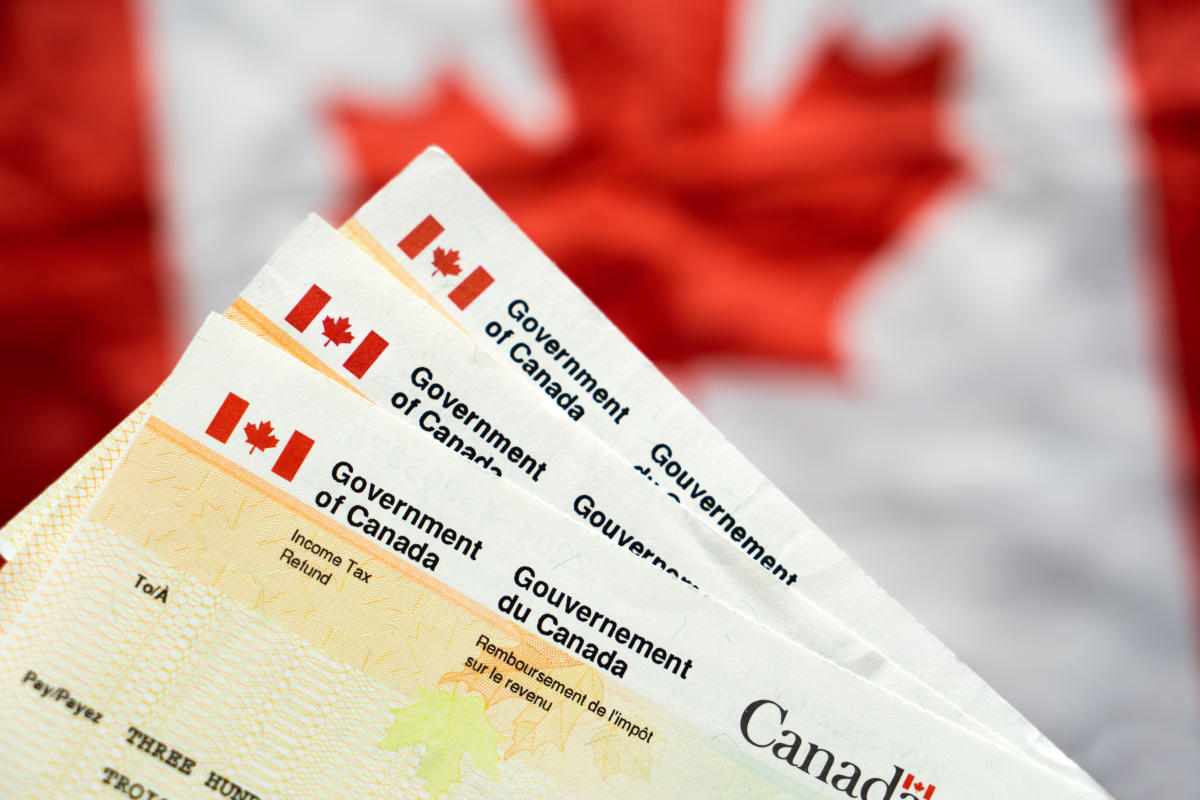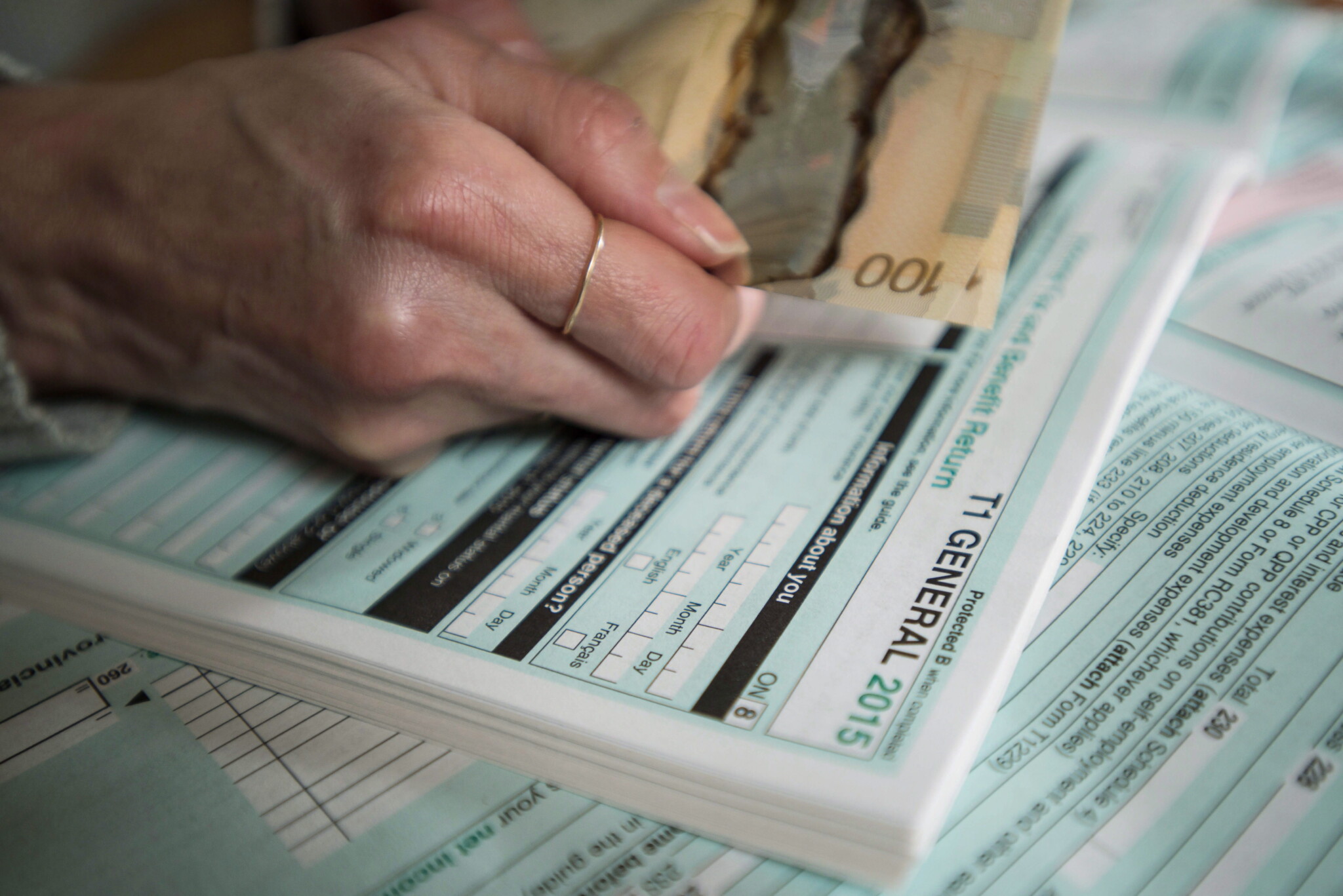In a recent development, the federal government of Canada, under the leadership of Prime Minister Justin Trudeau, has decided not to enforce a forthcoming rule that would prohibit citizens from paying tax debts over $10,000 by check. This decision comes after facing pushback from Conservative Members of Parliament (MPs) who questioned the need for eliminating check payments. The government’s stance aims to accommodate the preferences of taxpayers who still choose traditional methods of payment. However, the proposed ban on paying large tax debts by check, included in the federal omnibus budget Bill C-47, is expected to become law soon. This article delves into the details of the controversy and sheds light on the perspectives of different stakeholders.
1. Conservative MPs Question the Need for Eliminating Check Payments Amid the ongoing debates surrounding Bill C-47, several Conservative MPs have expressed concerns regarding the requirement to pay tax debts electronically for amounts exceeding $10,000. Marty Morantz, a CPC MP, questioned the necessity of this rule, asking why individuals who do not wish to pay electronically or are unfamiliar with the process should be excluded. He further emphasized the option of paying by check and highlighted its historical significance, as the Canada Revenue Agency (CRA) has permitted cash or check payments since 1917.
2. Balancing Electronic and Paper Filing While promoting digital filing as the preferred method, the government aims to strike a balance between electronic and paper filing. Pierre Leblanc, the director general of personal income tax at the Department of Finance, clarified that individuals still have the choice to file their returns on paper, receive communications from the CRA by mail, and receive checks instead of direct deposits. This decision recognizes the diversity of taxpayer preferences and acknowledges that some people may face limitations or have a historical preference for traditional filing methods.
3. Encouraging Digital Filing and Electronic Payments One of the underlying intentions behind Bill C-47 is to encourage the digital filing of taxes and electronic payment methods. Lindsay Gwyer, the director general of tax legislation at Canada’s Department of Finance, stated during testimony at the Senate national finance committee that the bill aims to promote the transition from paper filing to digital filing. The threshold of $10,000 for electronic payment was chosen based on the expectation that most taxpayers would naturally gravitate toward electronic methods for significant payments. While the decision to set this threshold is subjective, it aligns with the increasing trend of Canadians filing their taxes electronically.
4. Implementation Details and Timeline The new policy regarding electronic payment of tax bills over $10,000 is set to come into effect on January 1, 2024. According to CRA spokesman Charles Drouin, additional details on the implementation will be provided in due course. This timeline allows taxpayers and relevant stakeholders to prepare for the transition and adapt their processes accordingly.
5. Opposition and Past Attempts to Promote Digital Banking The Conservative Party of Canada (CPC) has opposed the ban on check payments and employed a filibuster to delay the passage of Bill C-47. This resistance echoes previous attempts by Canadian government officials to promote digital banking and discourage the use of checks. In 2012, the Department of Public Works sought to mandate the submission of bank account information for direct deposit of tax refunds and federal benefit payments. However, these efforts were unsuccessful, as many Canadians still prefer check payments.
6. The Role of Central Bank Digital Currencies The government’s move to encourage electronic payments coincides with global discussions on central bank digital currencies (CBDCs) as alternatives to physical cash. While Canadian banks have not experienced recent collapses like some US banks, experts have cautioned that a financial crisis could accelerate the introduction of CBDCs. Critics argue that CBDCs could potentially become control tools for governments, allowing direct access to individuals’ accounts. This concern raises questions about the impact of shifting payment methods toward digital platforms.
Conclusion: The Canadian government’s decision not to enforce the ban on paying tax debts over $10,000 by check reflects its acknowledgment of the diverse preferences and historical practices of taxpayers. While the bill promotes electronic filing and payment methods, it also respects the continued use of traditional paper-based processes. The ongoing debates surrounding Bill C-47 illustrate the complexity of transitioning from traditional to digital methods and the need to strike a balance that accommodates all taxpayers. As the implementation date approaches, it is essential for stakeholders to stay informed about the evolving landscape of tax payment methods and their potential implications.










